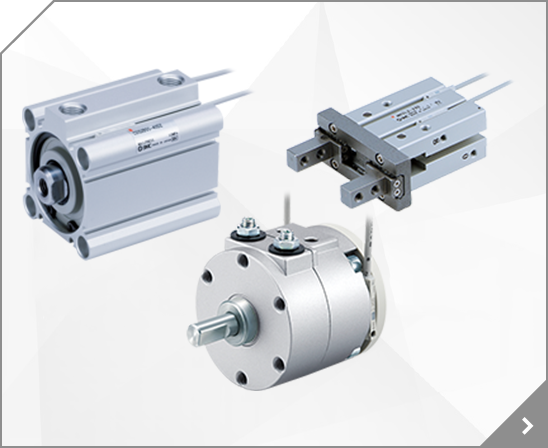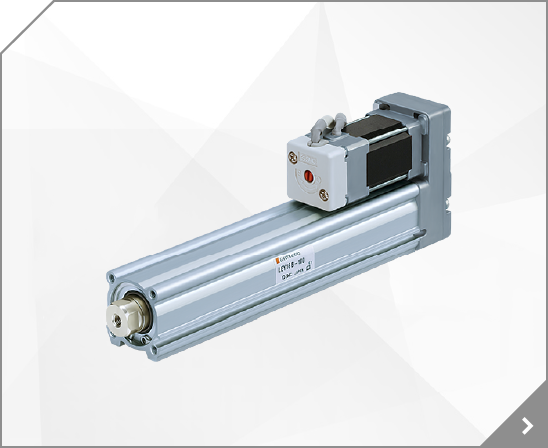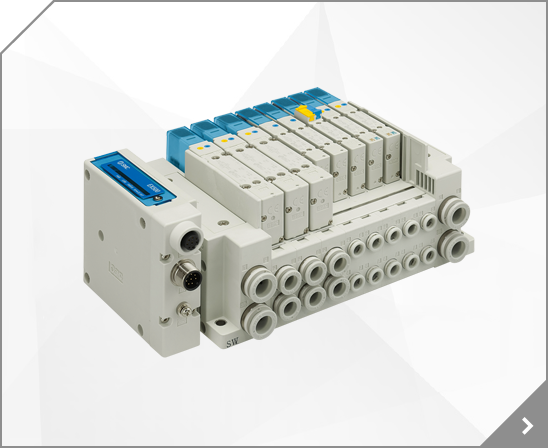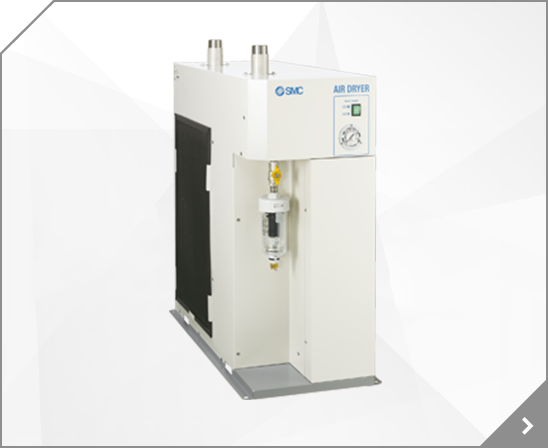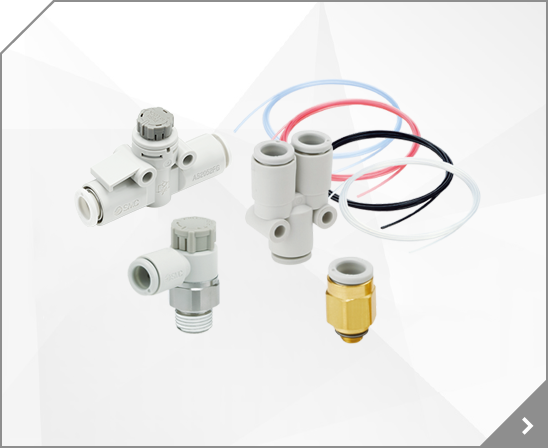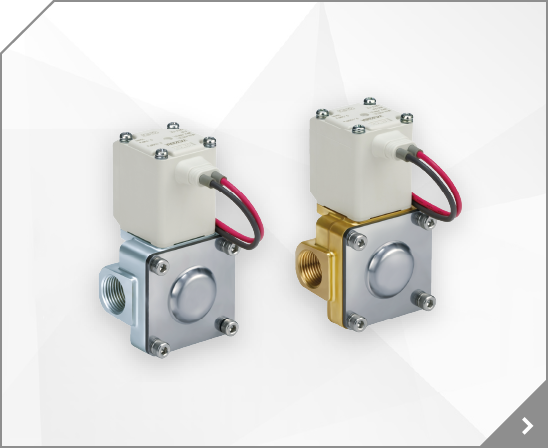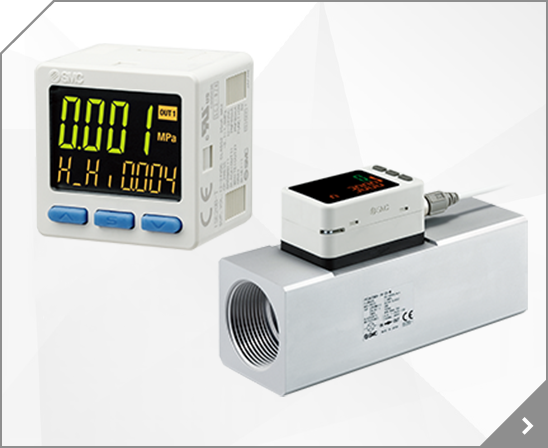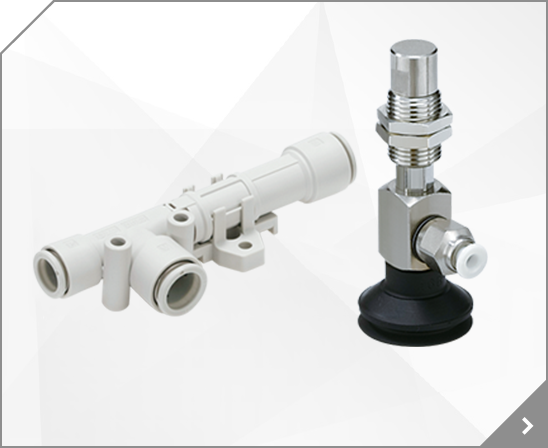
Max. operating pressure differential (MPa)Flow characteristicsMax. system pressure (MPa)Mass (kg) Av x 10-6 (m2)Cv convertedVCS331/4 ( 8A)3/8 (10A)1/2 (15A)31.08.40.351.01/4: 0.423/8: 0.401/2: 0.49
ModelFlow-rate characteristicsMaximum operating pressure differential (MPa)Note)Weight(g) AV (x 10 6 m2)Conversion Cv31/4, 3/85VX23218.00.751580
ModelFlow-rate characteristicsMaximum operating pressure differential (MPa)Note)Weight(g) AV (x 10 6 m2)Conversion Cv11/8, 1/42VX2125.50.231300
ModelFlow-rate characteristicsMaximum operating pressure differential (MPa)Note)Weight(g) AV (x 10 6 m2)Conversion Cv11/8, 1/42VX2125.50.231300
ModelFlow-rate characteristicsMaximum operating pressure differential (MPa)Note)Weight(g) AV (x 10 6 m2)Conversion Cv21/4, 3/84VX22215.00.631460
ModelFlow-rate characteristicsMaximum operating pressure differential (MPa)Note)Weight(g) AV (x 10 6 m2)Conversion Cv21/4, 3/84VX22215.00.631460
ModelFlow-rate characteristicsMaximum operating pressure differential (MPa)Note)Weight(g) AV (x 10 6 m2)Conversion Cv21/4, 3/84VX22215.00.631460
ModelFlow-rate characteristicsMaximum operating pressure differential (MPa)Note)Weight(g) AV (x 10 6 m2)Conversion Cv21/44VX22515.00.631460
Max. operating pressure differential (MPa)Flow characteristicsMax. system pressure (MPa)Mass (kg) Av x 10-6 (m2)Cv convertedVCS331/4 ( 8A)3/8 (10A)1/2 (15A)31.08.40.351.01/4: 0.423/8: 0.401/2: 0.49
Max. operating pressure differential (MPa)Flow characteristicsMax. system pressure (MPa)Mass (kg) Av x 10-6 (m2)Cv convertedVCS331/4 ( 8A)3/8 (10A)1/2 (15A)31.08.40.351.01/4: 0.423/8: 0.401/2: 0.49
ModelFlow-rate characteristicsMaximum operating pressure differential (MPa)Note)Weight(g) AV (x 10 6 m2)Conversion Cv31/4, 3/85VX23218.00.751580
ModelFlow-rate characteristicsMaximum operating pressure differential (MPa)Note)Weight(g) AV (x 10 6 m2)Conversion Cv31/4, 3/85VX23218.00.751580
N.C.Max.operating pressure differential (MPa)Flow characteristicsMax.system pressure (MPa)Note 2) Mass (kg) Av x 10-6(m2)Cv convertedVCL441/4 ( 8A)3/8 (10A)1/2 (15A)3/4 (20A)32.08.40.352.01/4 : 0.583/8 : 0.551/2 : 0.623/4 : 0.78
Max. operating pressure differential (MPa)Flow characteristicsMax. system pressure (MPa)Mass (kg) Av x 10-6 (m2)Cv convertedVCS331/4 ( 8A)3/8 (10A)1/2 (15A)31.08.40.351.01/4: 0.423/8: 0.401/2: 0.49
Max. operating pressure differential (MPa)Flow characteristicsMax. system pressure (MPa)Mass (kg) Av x 10-6 (m2)Cv convertedVCS331/4 ( 8A)3/8 (10A)1/2 (15A)31.08.40.351.01/4: 0.423/8: 0.401/2: 0.49
Max. operating pressure differential (MPa)Flow characteristicsMax. operating pressure (MPa)Mass (kg) Av x 10-6(m2)Cv convertedVCB441/4 (8A)3/8(10A)1/2(15A)3/4(20A)33.08.40.353.01/4 : 0.583/8 : 0.551/2 : 0.623/4 : 0.78
N.C.Max.operating pressure differential (MPa)Flow characteristicsMax.system pressure (MPa)Note 2) Mass (kg) Av x 10-6(m2)Cv convertedVCL441/4 ( 8A)3/8 (10A)1/2 (15A)3/4 (20A)32.08.40.352.01/4 : 0.583/8 : 0.551/2 : 0.623/4 : 0.78
N.C.Max.operating pressure differential (MPa)Flow characteristicsMax.system pressure (MPa)Note 2) Mass (kg) Av x 10-6(m2)Cv convertedVCL441/4 ( 8A)3/8 (10A)1/2 (15A)3/4 (20A)32.08.40.352.01/4 : 0.583/8 : 0.551/2 : 0.623/4 : 0.78
N.C.Max.operating pressure differential (MPa)Flow characteristicsMax.system pressure (MPa)Note 2) Mass (kg) Av x 10-6(m2)Cv convertedVCL441/4 ( 8A)3/8 (10A)1/2 (15A)3/4 (20A)32.08.40.352.01/4 : 0.583/8 : 0.551/2 : 0.623/4 : 0.78
Max. operating pressure differential (MPa)Flow characteristicsMax. system pressure (MPa)Mass (kg) Av x 10-6 (m2)Cv convertedVCS331/4 ( 8A)3/8 (10A)1/2 (15A)31.08.40.351.01/4: 0.423/8: 0.401/2: 0.49
